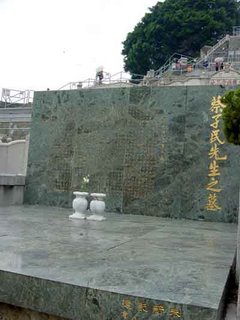The teaching that is going on in universities in Hong Kong is changing rapidly. Classes are getting bigger as government funding is reduced. The background of the students studying the same subject is increasingly diversified as the entrance requirements and paths are liberalized, and programs of studies are made more flexible. As a result it is getting harder and harder for the professor to tailor the teaching to suit the student. With 100 students sitting together in the same classroom, it is impossible for the professor even to get to know the names of many of the students, by the end of the 14 week semester. How can the professor possibly find out the characteristics of each of the students and teach accordingly? How do you teach computer programming to 100 students, 30 with programming experience acquired in secondary school or junior college, 30 with relatively strong mathematical and science background, and another 40 with arts background and little mathematics? What can the professor do but to pretend that all students are equal and feed them the same menu?
Student-based learning has been touted as the direction to go, in which the student takes charge of his or her own learning, with the professor more as a facilitator than a provider in the process of learning. The students in Hong Kong, however, have been trained for 13 years in a examination-driven, rigid curriculum where every single detail is prescribed. How can they be expected to miraculously switch to a student-based learning mode when they enter university?
In a typical secondary school there are about 40 students in a class, and in the last 2 years typically much less. In the first year in university the class size in the first year is much more likely to be 100 or more. With much frequent contact and a much larger class, what choices does a professor have, but to adopt mass production techniques?
I did my best to get to know my students’ names and what they are like. But it feels like a losing battle all the time.
